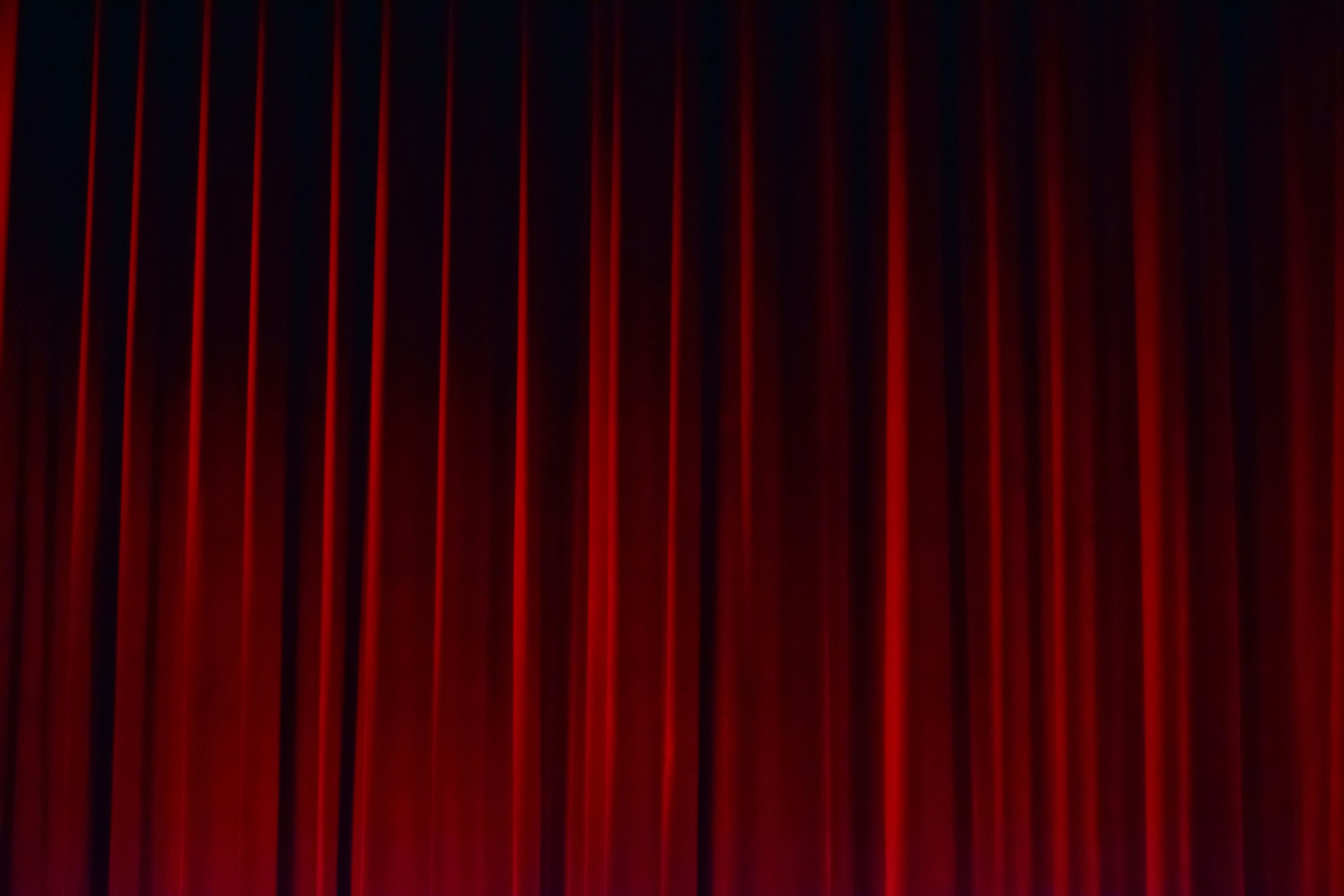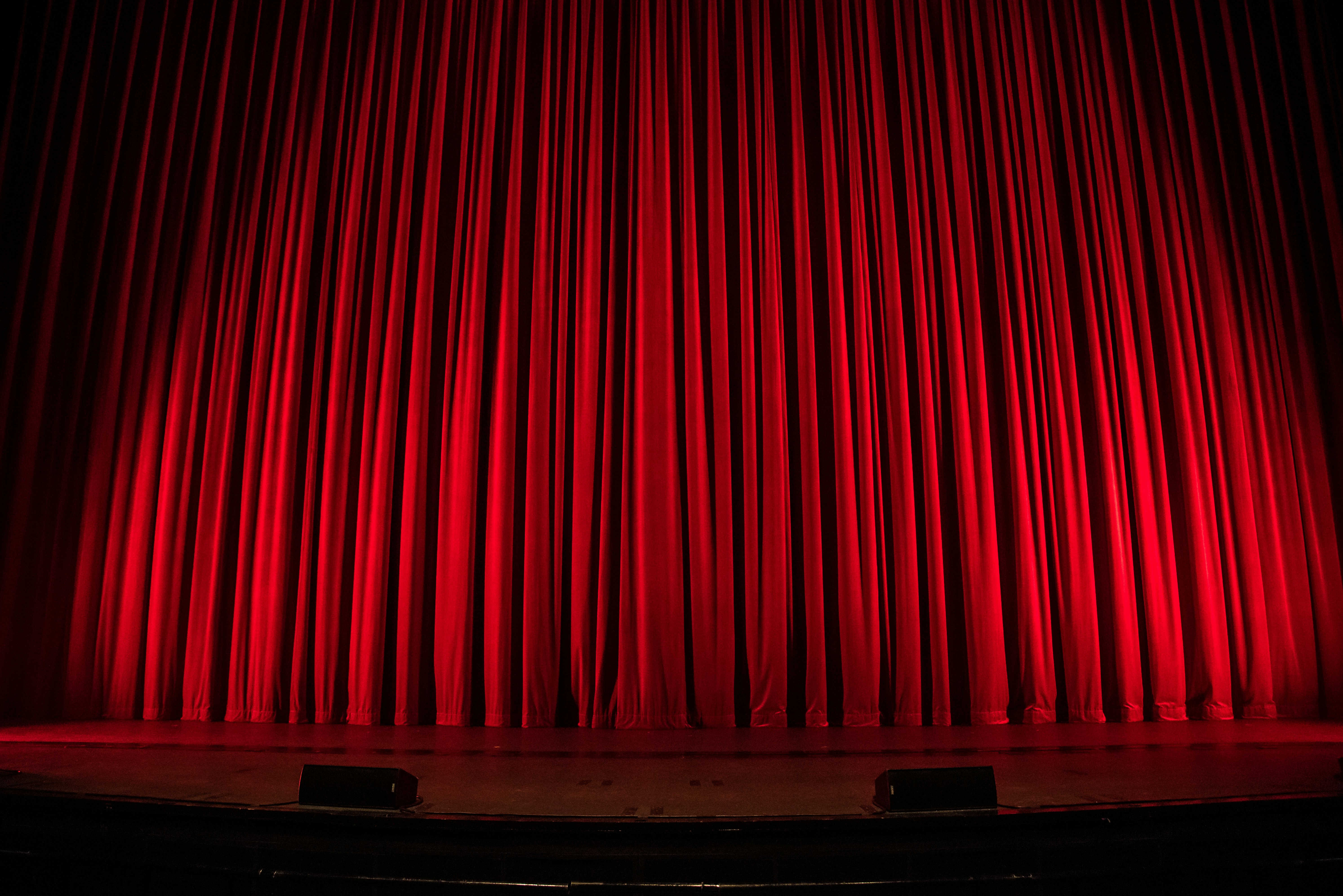Masking
Definition:
"Masking" refers to materials or set pieces used to hide parts of the stage from the audience’s view. It is essential for controlling what the audience sees and for creating a polished and professional appearance on stage.
Detailed Explanation:
In theatre and live performance, masking is a technique used to conceal offstage areas, equipment, or performers who are not meant to be seen by the audience. This is achieved through the use of curtains, flats, or other materials that block the audience’s line of sight. Masking helps to maintain the illusion of the performance, directing the audience’s focus to the intended areas and ensuring that the backstage operations remain hidden.
Common materials used for masking include black velour curtains, which absorb light and minimize reflections, and flats painted to blend in with the set. Masking can also include borders, legs, and wings—specific types of curtains or flats positioned at the sides and top of the stage to frame the performance area and hide technical equipment and crew.
Key Elements of Masking:
Curtains:
Black velour or other opaque fabric curtains used to block sightlines and absorb light, commonly used for legs, borders, and backdrops.
Flats:
Lightweight, rigid panels that can be painted or covered with fabric, used to create walls or other structures for masking.
Wings and Legs:
Tall, narrow curtains or flats placed at the sides of the stage to conceal the offstage areas and provide entrances and exits for performers.
Borders:
Horizontal curtains hung above the stage to mask lighting rigs and other overhead equipment from the audience’s view.
Advantages of Effective Masking:
Focus:
Directs the audience’s attention to the intended areas of the stage, enhancing the visual storytelling and overall impact of the performance.
Professionalism:
Creates a clean and polished appearance, hiding technical elements and backstage activities that could distract the audience.
Flexibility:
Allows for quick changes and adjustments to the stage setup, as masked areas can be easily reconfigured without being seen by the audience.
Challenges of Masking:
Placement:
Proper placement of masking elements is crucial to ensure they effectively hide unwanted areas without interfering with the performance.
Maintenance:
Masking materials must be maintained in good condition, as worn or damaged masking can detract from the overall appearance.
Integration:
Masking must be seamlessly integrated with the set design and lighting to avoid drawing attention to itself.
Uses in Performance:
Theatre Productions:
Masking is used extensively in theatre to conceal offstage areas, equipment, and crew, creating a focused and professional presentation.
Concerts and Events:
At concerts and live events, masking hides technical equipment and backstage activities, maintaining the visual integrity of the performance.
Film and Television:
Masking is also used in film and TV studios to hide cameras, lighting rigs, and other equipment from view.
Design Considerations:
When planning and implementing masking for a production, several factors must be considered to ensure it is effective and enhances the performance:
Material Choice:
Select appropriate materials that effectively block light and match the aesthetic of the production.
Positioning:
Carefully position masking elements to ensure they hide the necessary areas without obstructing the performance or creating unwanted shadows.
Maintenance:
Regularly inspect and maintain masking materials to ensure they remain in good condition and perform their function effectively.
Conclusion:
Masking is a fundamental technique in theatre and live performance, involving the use of materials or set pieces to hide parts of the stage from the audience’s view. By effectively directing the audience’s focus and creating a professional appearance, masking enhances the overall impact and visual integrity of a production. Despite challenges related to placement, maintenance, and integration, the benefits of focus, professionalism, and flexibility make masking an essential aspect of stagecraft. With careful planning, appropriate material selection, and regular maintenance, masking can significantly improve the quality and presentation of any performance.


